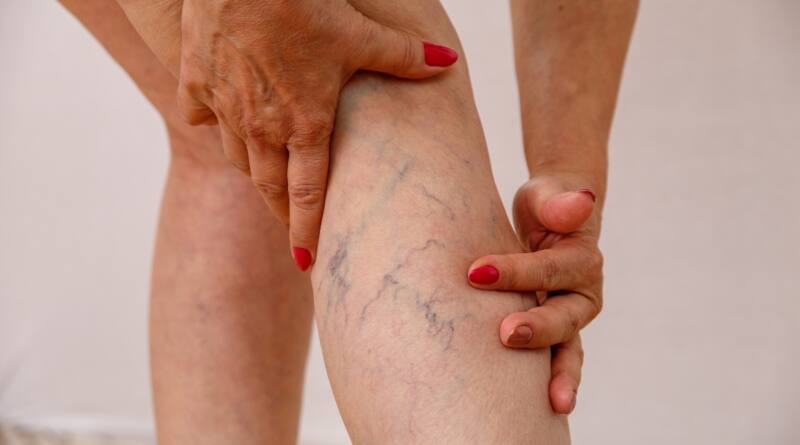Varicose Veins, Cure And Care: Know It All Now
Understanding Varicose Veins: Causes, Symptoms, and Treatment Options
Varicose veins are enlarged, twisted veins that often appear blue or dark purple and are commonly found in the legs and feet. While they may not always cause medical problems, they can be uncomfortable and sometimes lead to more serious complications, such as spontaneous painless bleeding and more difficult-to-treat veninous ulcers.
What Causes Varicose Veins?
Varicose veins occur when the vein’s valves weaken or become damaged. Veins are responsible for carrying blood back to the heart, and when these valves fail to function properly, blood can pool in the veins, causing them to swell and become varicose.
Several factors increase the risk of developing varicose veins, including:
Genetics: A family history of varicose veins increases the likelihood of developing them.
Age: The risk of varicose veins increases with age, as vein valves tend to weaken over time.
Gender: Women are more likely to develop varicose veins than men, particularly during pregnancy, due to increased blood volume and hormonal changes.
Prolonged standing or sitting: Jobs or lifestyles that involve long periods of standing or sitting can contribute to the development of varicose veins.
Symptoms of Varicose Veins:
Visible veins: Large, twisted veins that are visible beneath the skin, often appearing dark blue or purple.
Very thin, spider-like, bluish-purple veins.
Aching or heaviness: Discomfort or pain in the legs, especially after standing or sitting for extended periods.
Swelling: Swelling in the legs and ankles, particularly at the end of the day.
Skin changes: Skin may become discoloured (dark reddish-coloured or blackeish), dry, or itchy around varicose veins, and in severe cases, ulcers may develop.
Treatment Options:
Treatment for varicose veins depends on the severity and presence of symptoms.
Common treatment options include:
Compression stockings: These special stockings apply pressure to the legs, helping to improve blood flow and reduce swelling and discomfort.
Lifestyle changes: Regular exercise, avoiding prolonged periods of sitting or standing, and elevating the legs when resting can help alleviate symptoms.
Sclerotherapy: A procedure in which a solution is injected into the varicose veins, causing them to collapse and fade over time.
Endovenous laser treatment (EVLT): A minimally invasive procedure that uses laser energy to seal off varicose veins, rerouting blood flow to healthier veins.
Glue therapy: latest addition to the minimally invasive approach to Vericose veins. The biggest advantage is that no anesthesia is required.
In severe cases, surgical procedures such as vein ligation may be necessary to remove or close off the affected veins.
Conclusion:
Varicose veins are a common condition that can cause discomfort and affect quality of life, but effective treatment options are available. If you’re experiencing symptoms of varicose veins, consult with a healthcare professional to discuss the best course of action for managing your condition. With proper care and treatment, you can alleviate symptoms and reduce the risk of complications associated with varicose veins.




